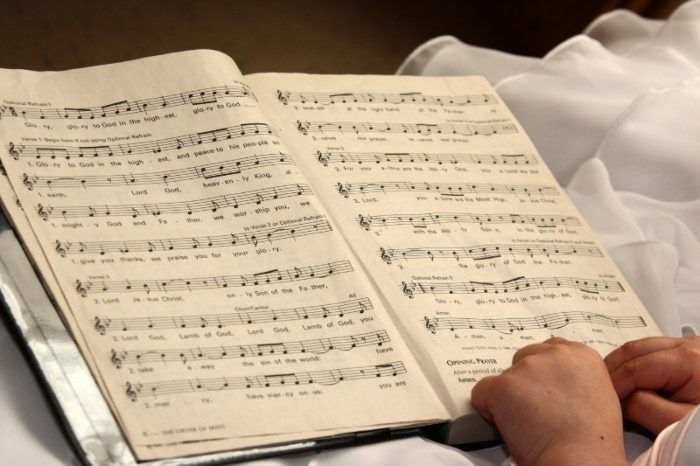The rondo may be schematically outlined as – The rondo, a musical form characterized by its recurring main theme alternating with contrasting episodes, has captivated composers and audiences for centuries. This comprehensive guide will delve into the intricacies of rondo form, providing a schematic Artikel that elucidates its structure, variations, historical development, and influence on other musical genres.
Rondo form, with its distinctive cyclical pattern, has inspired countless musical masterpieces. From the Baroque era to the present day, composers have employed this versatile form to create works of remarkable diversity and expressive power.
The Rondo Form

The rondo form is a musical structure characterized by the alternation of a recurring theme, known as the refrain, with contrasting sections, known as episodes. The refrain typically appears multiple times throughout the piece, while the episodes provide variety and development.
Key characteristics of the rondo form include:
- Alternation of refrain and episode sections
- Clear tonal contrast between the refrain and episodes
- Use of contrasting thematic material in the episodes
- Repetition of the refrain in the same key throughout the piece
Schematic of Rondo Form
| Section | Key | Theme | Function |
|---|---|---|---|
| Refrain | Tonic | Main theme | Introduces and re-establishes the main idea |
| Episode 1 | Contrasting key | Contrasting theme | Provides variety and development |
| Refrain | Tonic | Main theme | Re-establishes the main idea |
| Episode 2 | Contrasting key | Contrasting theme | Provides further variety and development |
| Refrain | Tonic | Main theme | Concluding statement of the main idea |
Variations in Rondo Form, The rondo may be schematically outlined as
Rounded Rondo
The rounded rondo is a variation of the traditional rondo form that features a symmetrical structure. The refrain appears at the beginning, middle, and end of the piece, with two contrasting episodes in between.
Sonata-Rondo
The sonata-rondo is a variation of the rondo form that incorporates elements of the sonata form. It typically features a development section after the second episode, which provides further thematic development and modulation.
Examples of Rondo Form in Music
- Beethoven’s “Rondo a Capriccio” for piano
- Mozart’s “Rondo alla Turca” for piano
- Chopin’s “Rondo in E-flat major” for piano
Historical Development of Rondo Form
The rondo form originated in the Baroque period, where it was used in dance suites and other instrumental pieces. It gained popularity in the Classical period, where it was frequently used in sonatas, concertos, and symphonies.
Composers such as Haydn, Mozart, and Beethoven made significant contributions to the development of the rondo form, refining its structure and thematic content.
Influence of Rondo Form on Other Musical Genres
The rondo form has influenced a wide range of musical genres beyond classical music.
- Jazz: Rondo-like structures are common in jazz improvisation, with the main theme being played multiple times with variations.
- Popular music: Many pop songs utilize a rondo-like structure, with a repeating chorus and contrasting verses.
- Film scores: Rondo-like structures are often used in film scores to create a sense of tension and release.
FAQs: The Rondo May Be Schematically Outlined As
What is the defining characteristic of rondo form?
The defining characteristic of rondo form is the recurring main theme alternating with contrasting episodes.
How many sections are typically found in a rondo?
A rondo typically consists of five sections: ABACA.
What is the purpose of the episodes in a rondo?
The episodes in a rondo provide contrast to the main theme and contribute to the overall development and variety of the piece.


